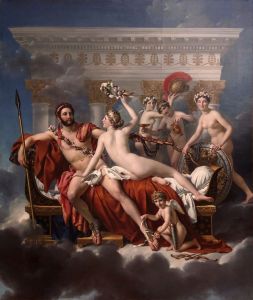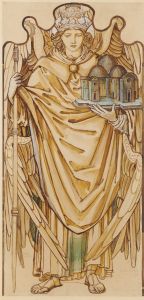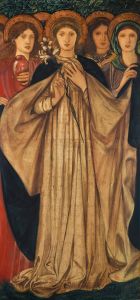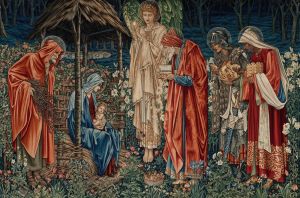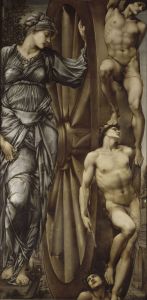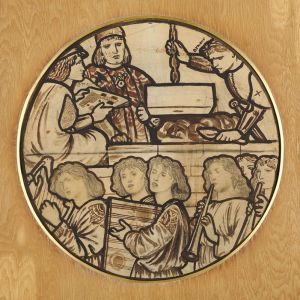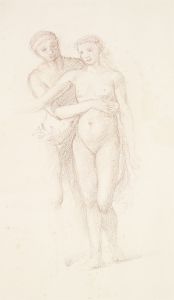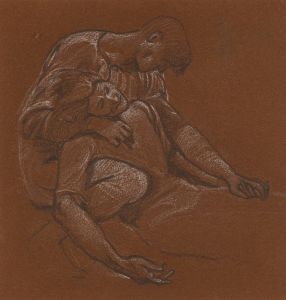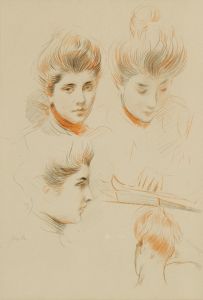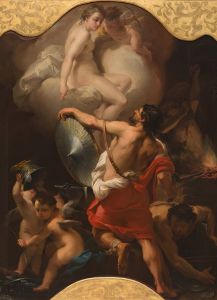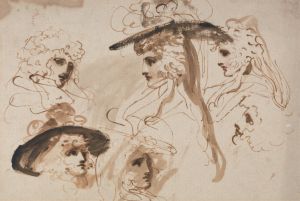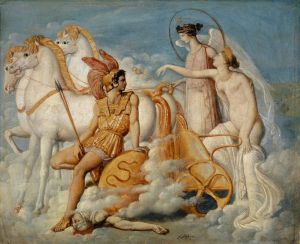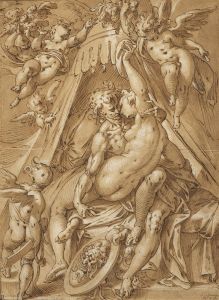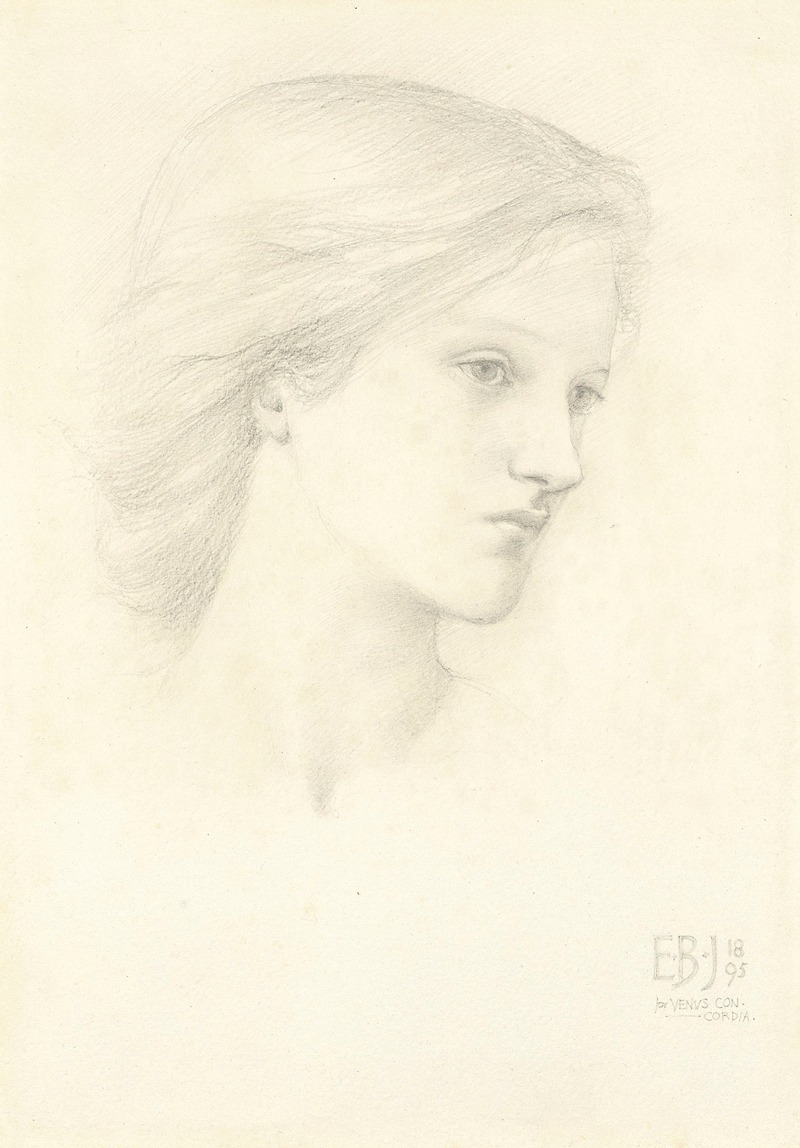
Female head study for the first of the Three Graces in ‘Venus Concordia’
A hand-painted replica of Sir Edward Coley Burne-Jones’s masterpiece Female head study for the first of the Three Graces in ‘Venus Concordia’, meticulously crafted by professional artists to capture the true essence of the original. Each piece is created with museum-quality canvas and rare mineral pigments, carefully painted by experienced artists with delicate brushstrokes and rich, layered colors to perfectly recreate the texture of the original artwork. Unlike machine-printed reproductions, this hand-painted version brings the painting to life, infused with the artist’s emotions and skill in every stroke. Whether for personal collection or home decoration, it instantly elevates the artistic atmosphere of any space.
"Female Head Study for the First of the Three Graces in ‘Venus Concordia’" is a preparatory drawing by the British artist Sir Edward Coley Burne-Jones (1833–1898). Burne-Jones was a prominent figure in the Pre-Raphaelite movement, known for his intricate and idealized depictions of mythological, literary, and allegorical subjects. This study was created as part of his preparatory work for the painting Venus Concordia, which features the Roman goddess Venus accompanied by the Three Graces, figures traditionally associated with beauty, charm, and creativity.
The drawing focuses on the head of one of the Three Graces, showcasing Burne-Jones's meticulous attention to detail and his ability to capture delicate facial expressions. Rendered in pencil or chalk, the study exemplifies his refined draftsmanship and his commitment to achieving a harmonious and idealized aesthetic in his work. Such preparatory studies were a crucial part of Burne-Jones's artistic process, allowing him to explore and perfect individual elements before incorporating them into larger compositions.
Venus Concordia itself reflects Burne-Jones's fascination with classical mythology and Renaissance art, themes that were central to the Pre-Raphaelite Brotherhood and the broader Aesthetic Movement. The painting, like much of Burne-Jones's oeuvre, emphasizes beauty and emotional resonance over narrative complexity. The Three Graces, as depicted in the final work, embody the artist's vision of ethereal and timeless femininity.
This particular study is significant not only for its connection to Venus Concordia but also as an example of Burne-Jones's broader artistic practice. His preparatory works often reveal his deep engagement with the human form and his pursuit of an idealized beauty that transcends the mundane. The drawing is likely housed in a private collection or a museum, though specific details about its current location or provenance are not widely documented.
As with many of Burne-Jones's works, this study reflects the influence of Italian Renaissance masters, particularly Sandro Botticelli, whose depictions of mythological subjects inspired Burne-Jones's own interpretations. The artist's use of soft lines and subtle shading in this study underscores his admiration for the grace and elegance of classical art.
No further detailed information about this specific study, such as its exact date of creation or its exhibition history, is readily available.





